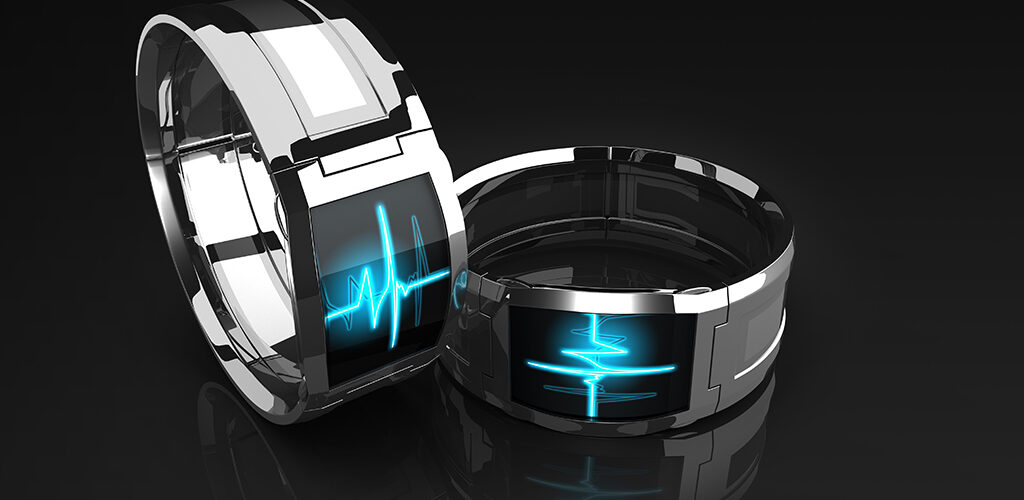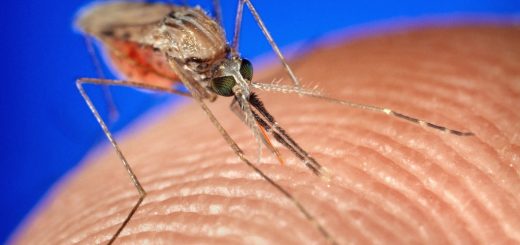Wearable Tech: A revolution in healthcare

A few decades ago, the word “wearable” would have evoked images of stylish suits, well-designed coats, extra-light vests for running, or any garment related to the latest fashion trends. Nowadays, the implacable progress of electronics and digital systems has revolutionised the concept. Aspects of style and protection that form the basis of traditional clothing design have evolved to incorporate added functionality, opening a route for ‘smart’ clothes and accessories.
“To wear it is to love it”. This is the slogan chosen by Apple for the promotion of its smartwatch. The Apple Watch is just one example of the many commercial wearables available today, with other products in the market including Fitbit, Jawbone and Garmin. 1.
The potential success of these products relies on the fact that individuals already place high value in the clothes and accessories they buy, meaning that customising their choices with new electronic features, which can be tailor-made to meet specific preferences and requirements, can only have a positive impact on the market. IDTechEx has estimated that growth in the market for wearable technology could take its value up to around $70bn in 2025 from an already remarkable $20bn in 2015 2.
Wearable biosensors have been widely employed in a broad range of fields, such as fitness and gaming. In sport, for instance, wearable GPS and motion sensors can have a large impact on athletic training and performance. In the same field, the capability of remote-monitoring molecules in sweat has opened new opportunities for checking the metabolism of athletes and aiding the control of doping. It is in healthcare, however, that wearable biosensors have their greatest potential for change. It is not irrational to suggest that wearable technology has the ability to revolutionise the healthcare system, completely changing how we monitor medical physiology, fitness and wellbeing. 3.
In the current climate, the medical industry is suffering a crisis, particularly in primary care. Physicians are enduring criticism on several fronts. They are expected to deliver high-quality care within the four walls of an examination room, which bears no resemblance to the free range experiences of patients in day-to-day life. White coat hypertension is one of the most pertinent examples of this; the sight of somebody in a white coat can often be enough to cause an increase in a patient’s blood pressure. This reaction is known as the Hawthorne effect, whereby subjects alter their behavior simply in response to the awareness of being studied. Passive monitoring can be an incredibly powerful tool. The idea of monitoring people passively (where they work, where they live, where they play, etc.) can provide more information than doctors could ever capture in the course of a 15 minute interview in a medical office. Marketing statistics produced by Morgan Stanley revealed that 91% of people keep their phone within 3 feet for 24 hours a day 4. Smartphone data provide a powerful opportunity, along with ubiquitous wireless sensing, to gain access to the physiological parameters of individuals. A variety of physiological targets can be measured in this way, such as brain activity, size of pupils, quality and duration of sleep, heart rate, blood pressure, respiratory rate, digestive activity, sweating and oxygenation.
The HealthPatch® MD biosensor, commercialised by a Silicon Valley-based company founded in 2011 called Vital Connect, is a device that has been designed and manufactured in order to remotely capture a wide range of clinical biometric signals (single-lead ECG, heart rate, respiratory rate, skin temperature, body posture, etc.) in a steady, configurable and non-invasive procedure by taking advantage of a tiny patch applied to the chest 5.
The biosensor interminably monitors vital signals and sends these data to the healthcare service. In this way, physicians have a daily personal medical history of patients, allowing them to observe improvement or retrogression in physiological conditions and take action if necessary. In terms of technology, this platform incorporates ECG electrodes, a 3-axis MEMS accelerometer to detect motion and a thermistor to measure skin temperature. Although the latter two sensors might sound unfamiliar, they are present in all the electronic devices we deal with every day, such as smartphones. MEMS accelerometers are simply micrometer-sized masses attached to fixed surfaces through flexible springs. In this case, as soon as the human body moves, the masses move along with it, experiencing acceleration and thereby detecting motion. On the other hand, thermistors are simple resistors whose resistance (degree of opposition to current flow) changes with temperature, thus allowing the device to monitor body temperature.
This wearable biosensor is configured to interact with other platforms and applications, such as smartphones and tablets. Streaming of measurement data can be adapted depending on the user. For example, doctors can set threshold values for each measurement to identify significant changes from a clinical point of view. Wireless and low-power Bluetooth connectivity allow the data to be successfully delivered from the biosensor to both smartphones and the servers of healthcare institutions. To ensure privacy of information, all of the clinical information related to the patient are encoded by the biosensor. The device has a low weight and high flexibility, presenting itself as an adhesive implement that is easily worn in the hospital or at home. Patient discretion is respected as the patch is applied to the anatomical part surrounding the chest while not being visible to others through clothes.
This technology is a key example of how numerous sensors have been successfully combined into one device and has had a positive impact on the market. Vital Connect has not only offered a product capable of performing physiological and clinical measurements but an opportunity to improve the quality of patient care, facilitate access to clinical data, and cut the costs of healthcare.
The rapid pace of technology and the vast resources available to the forward thinkers of Northern California has allowed scientists and investors to take innovation to the next level. Have you ever forgotten to take a pill? This happens often to middle-aged and elderly people 6 who miss their pill dosages, putting their health at serious risk. Proteus Digital Health has tried to address this problem by developing a technology consisting of an edible sensor along with a patch similar to the one described above. 7. The ingestible sensor is embedded in a pill and auto-powers itself once it reaches the stomach by taking advantage of its biochemical environment. It can keep track of any medications taken by the patient, communicating this information to the patch via Bluetooth. The data is in turn transferred to a tablet or smartphone, producing a history of timed medications and alerting individuals when it is time to take their next dosage. At this point a question arises: Are we genuinely willing to provide such information to healthcare specialists, giving up, in some way, our privacy? That is for posterity to judge.
This article was specialist edited by Richard Clubbe and copy edited by Nina Divorty.
References
- More information on the Apple product can be found here http://www.apple.com/watch/
- The article for this marketing research can be found herehttp://www.idtechex.com/research/reports/wearable-technology-2015-2025-technologies-markets-forecasts-000427.asp
- A recent and interesting nature article on a wearable biosensor for in situ perspiration analysis http://www.nature.com/nature/journal/v529/n7587/abs/nature16521.html
- Source of information http://webworld2000.com/mobile/mobile-marketing.html
- Complete description and information about the product can be found on the company website http://www.vitalconnect.com/healthpatch-md
- evidence can be found here https://books.google.co.uk/books?hl=en&lr=&id=igknaT9lb_MC&oi=fnd&pg=PA98&dq=forget+to+take+medications&ots=aOje1l1xGx&sig=KDbYSQHa-iWs-J_2fv_5WgxCp0w#v=onepage&q=forget%20to%20take%20medications&f=false
- Complete information and description of the product can be found on the company website http://www.proteus.com/










